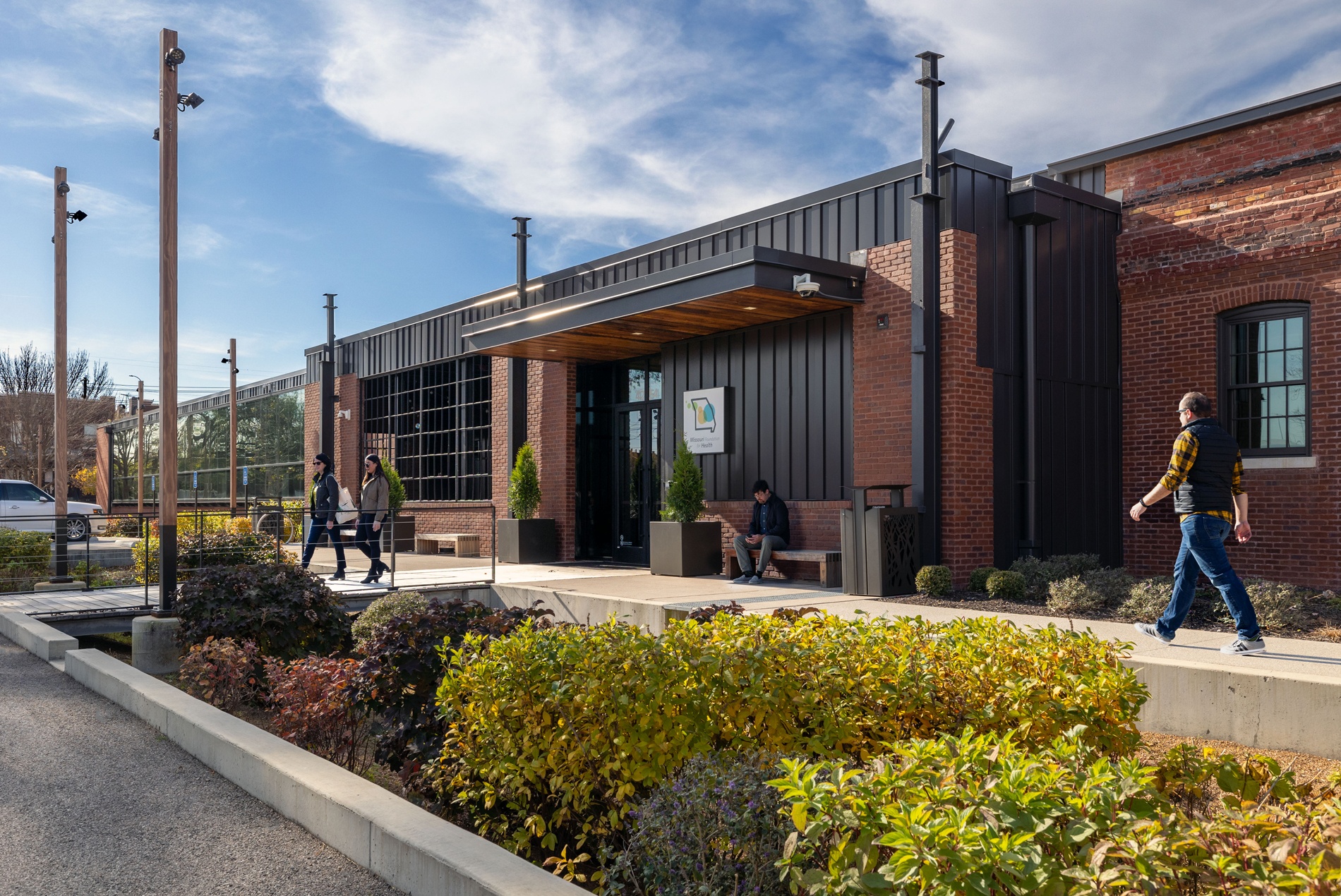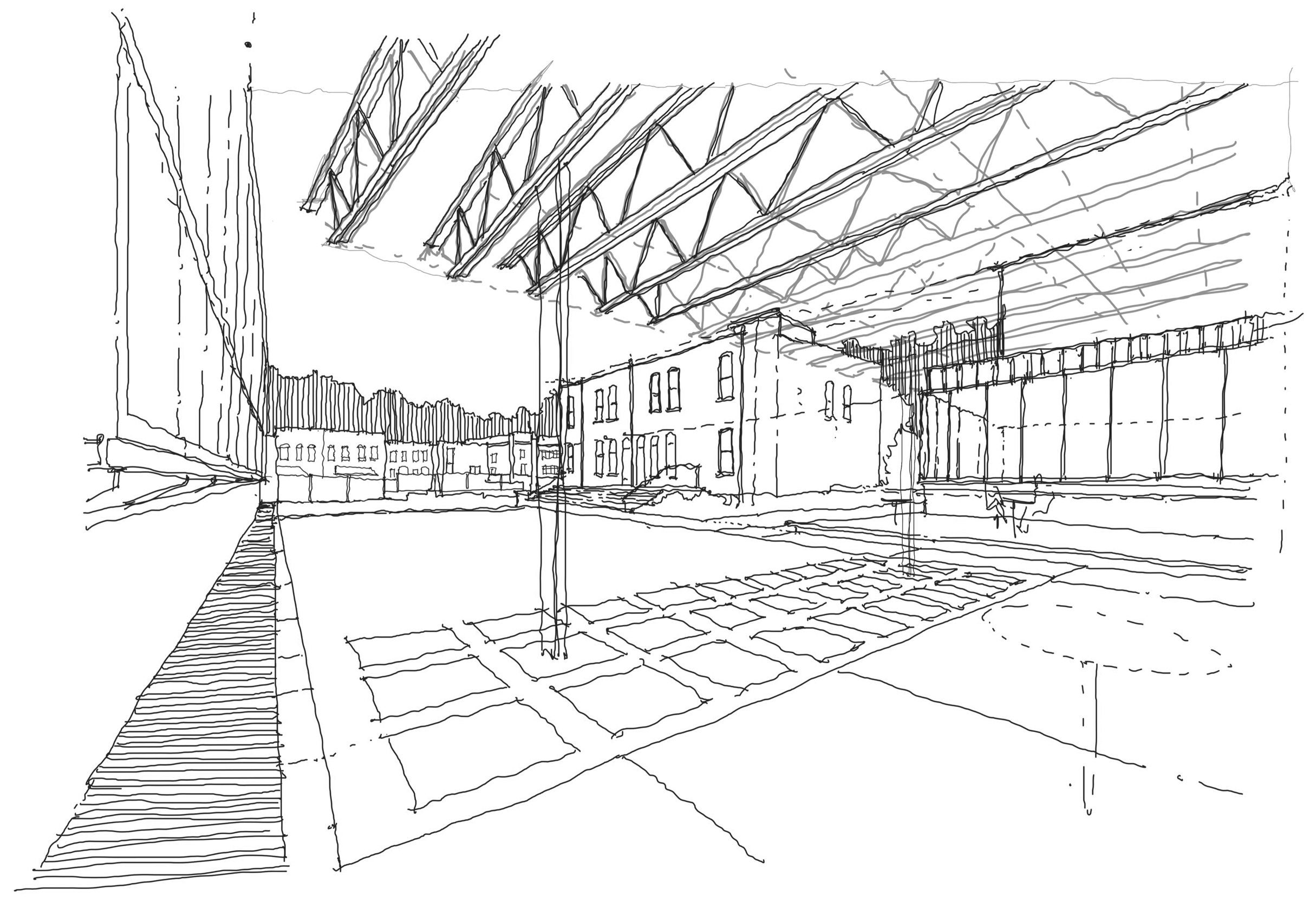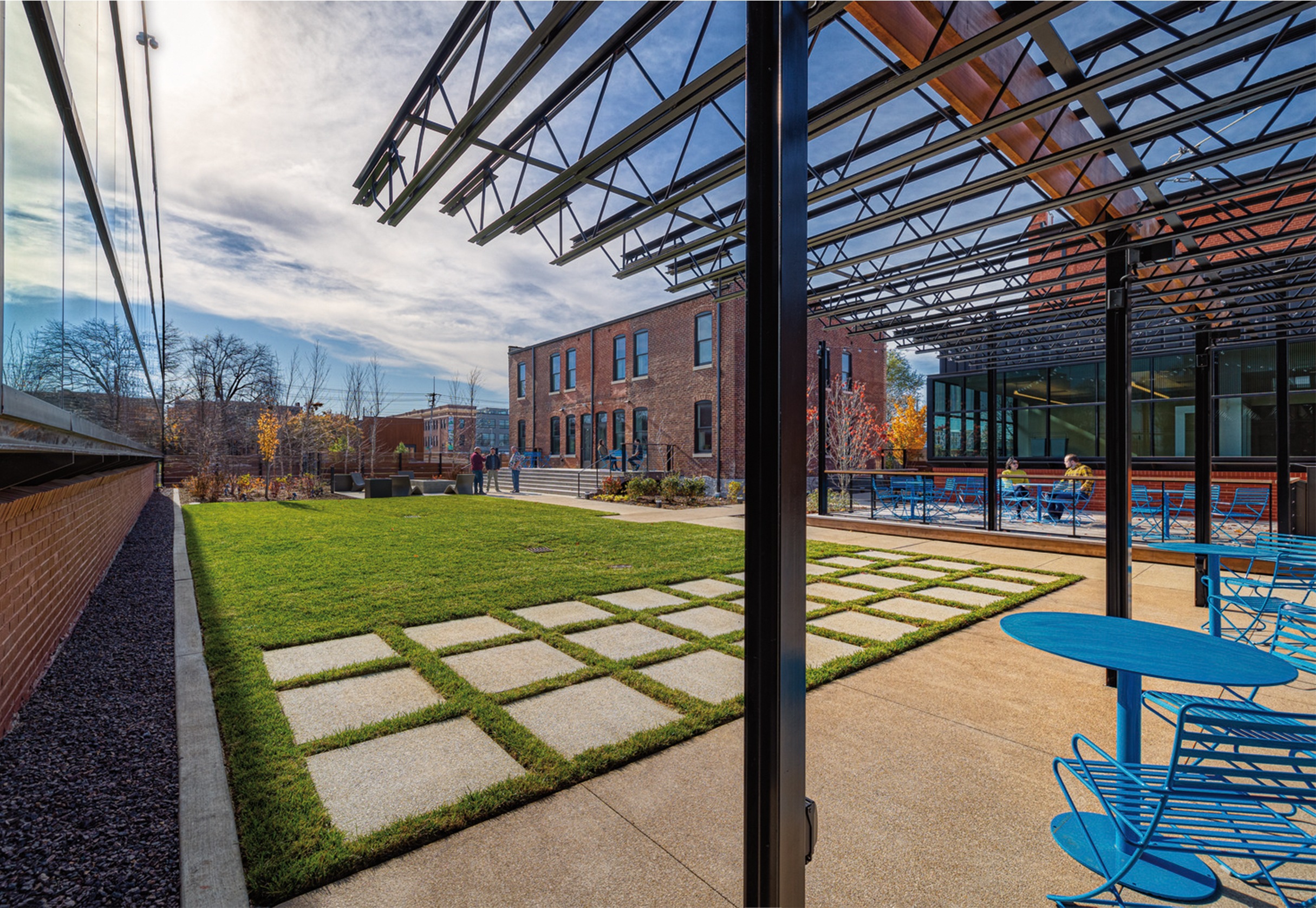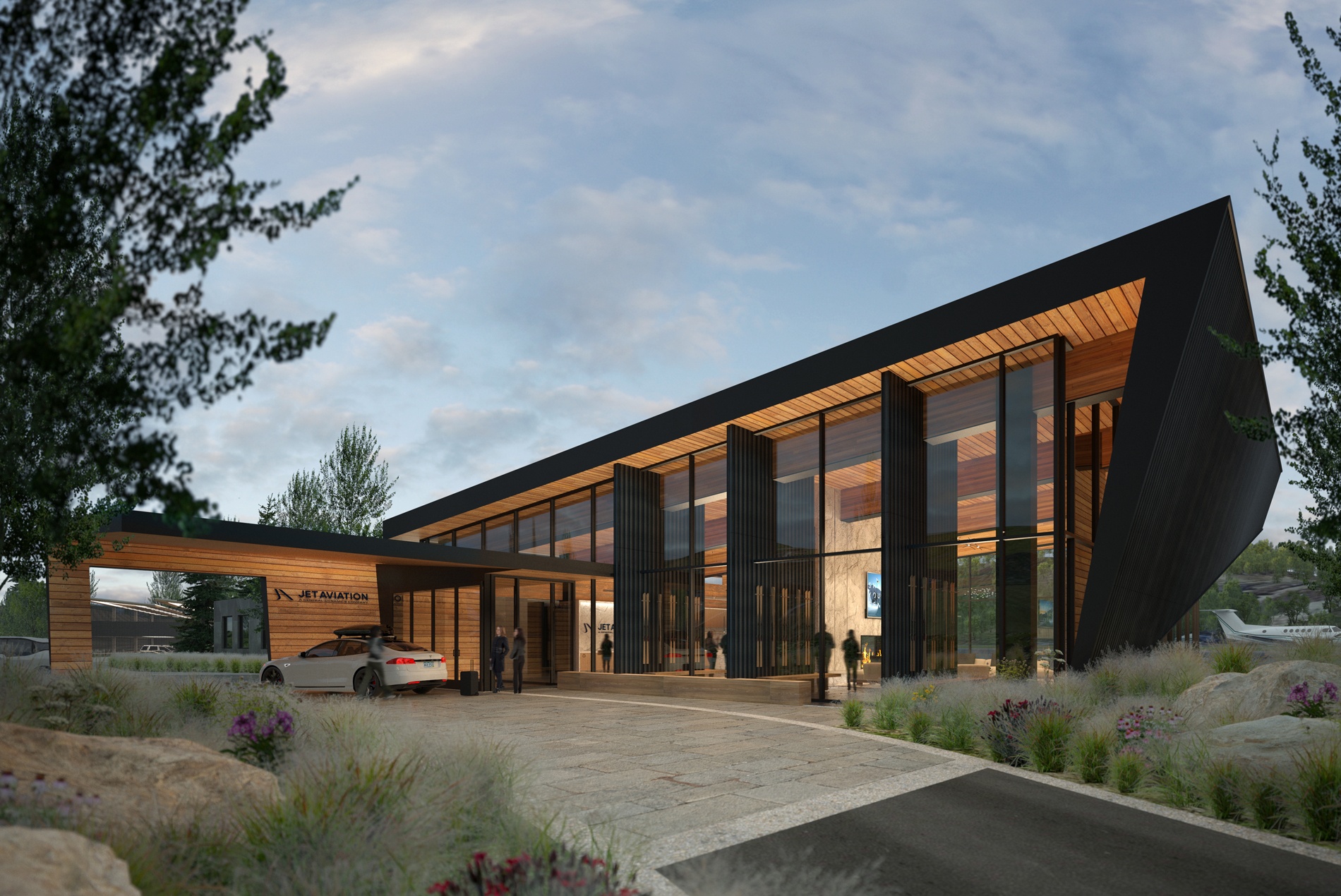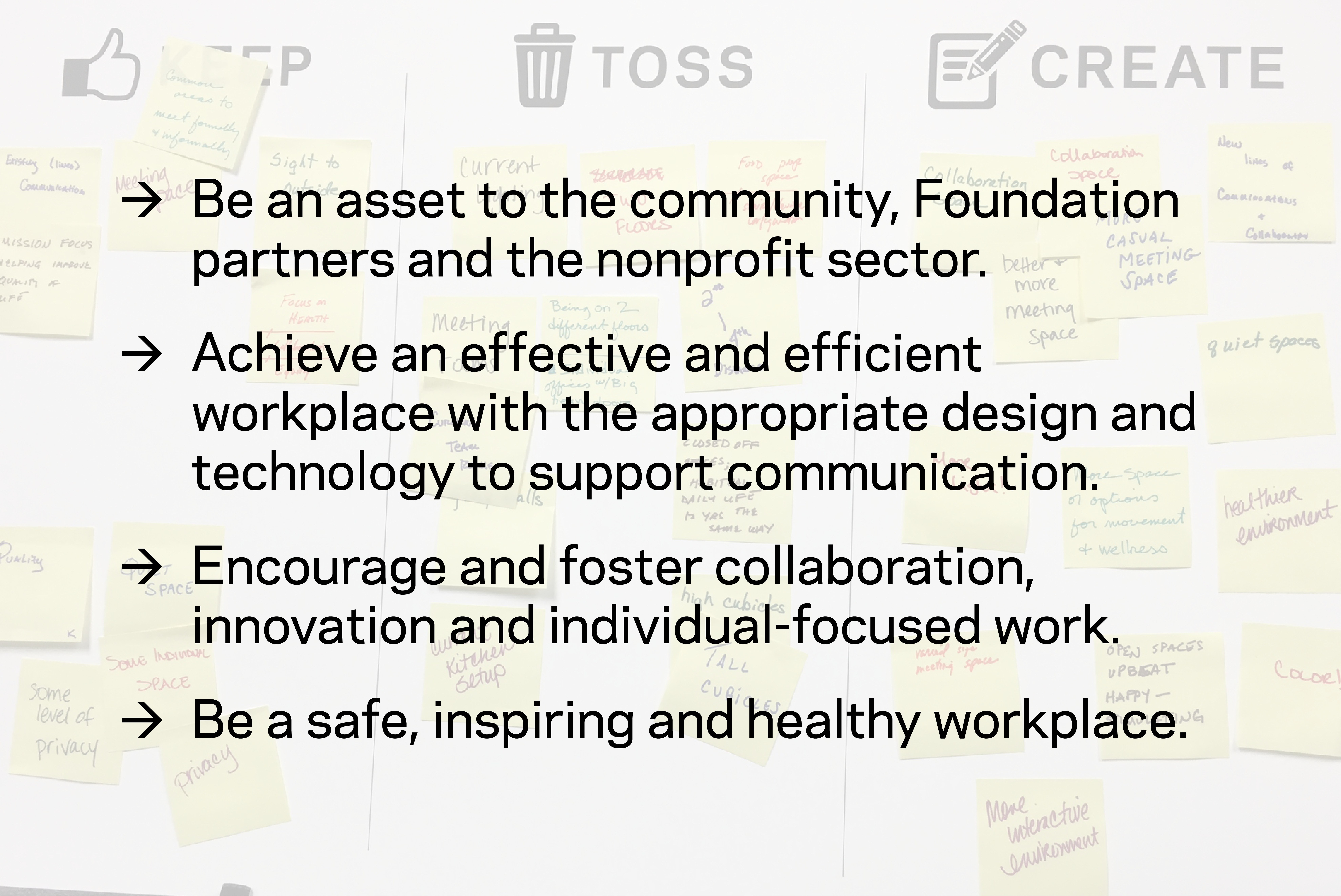
HOK’s design team conducted visioning sessions, workshops and interviews with Foundation employees to understand their goals for the new workplace. Through these interactions, the team identified four key themes for the future headquarters, as shown on the right.
To kick off the real estate search, the team built a scorecard outlining the desired criteria for the Foundation’s new headquarters. The organization wanted a secure and flexible space within the city of St. Louis that could accommodate groups and meetings of all sizes. Access to nearby neighborhood amenities and mass transit was also a priority.
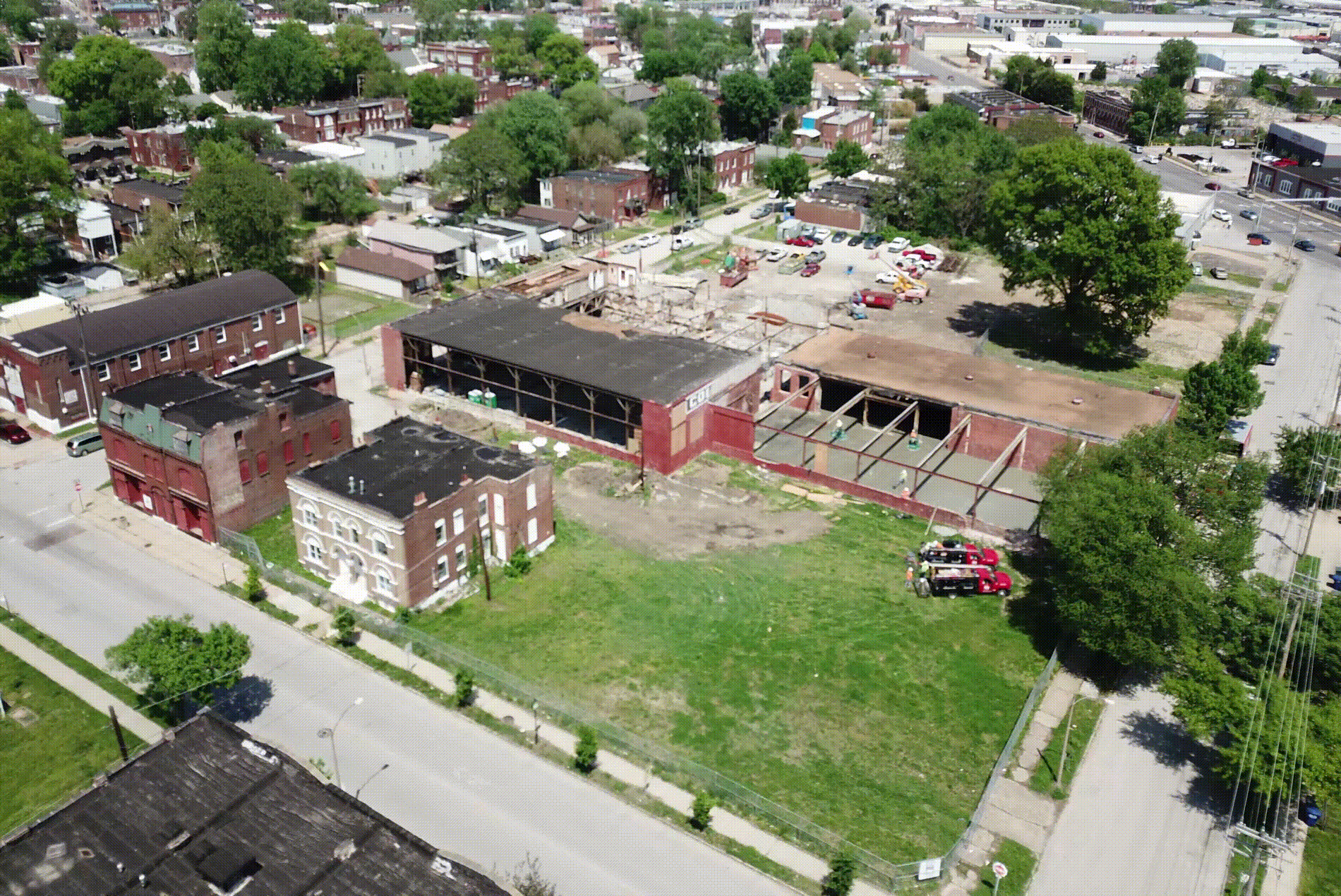
Guided by these criteria, the Foundation selected a former industrial site in the thriving Forest Park Southeast neighborhood of St. Louis. The site included a 30,000-sq.-ft. dilapidated Columbia Iron Works building and two residential flats. HOK’s project team recognized the site as a blank canvas full of potential and worked with the client to transform it into a modern workplace campus and asset for the community.
The project team encountered significant challenges, as the site initially had dirt floors, crumbling interior walls and debris. The goal was to restore the site and create a dynamic, efficient workplace that reflected the Foundation’s mission to help communities thrive.
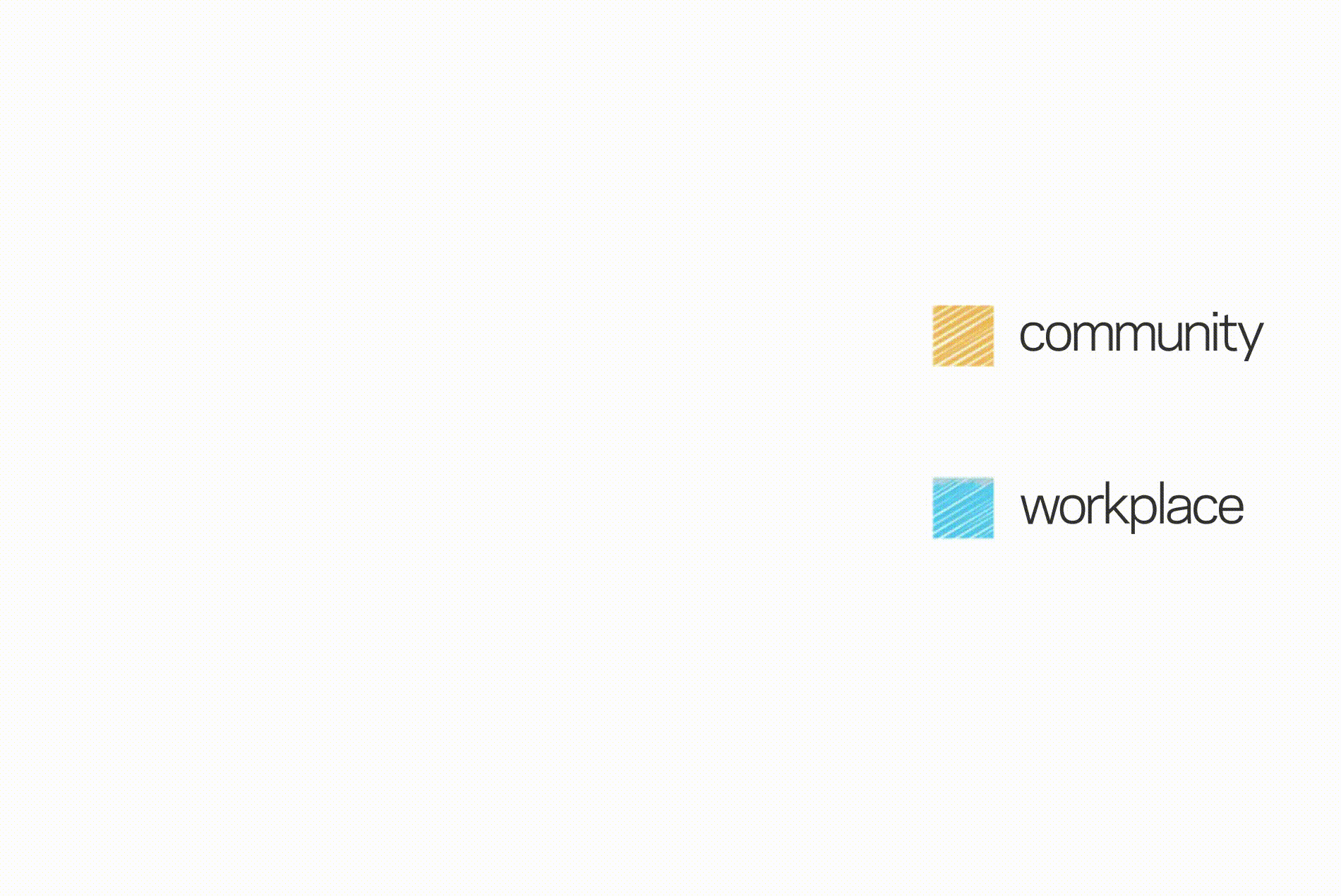
As most of the workplace was to be located within the Columbia Iron Works building, HOK analyzed various layouts and program elements that would support different work styles while ensuring easy circulation. The team also brainstormed ways to incorporate natural light, greenery, and unique social and collaborative zones into the space, aiming to provide a more vibrant experience for employees and visitors.
The final design establishes a flexible, open-office layout that divides the building along a central spine. This layout separates focused workspaces from more collaborative meeting and event areas.

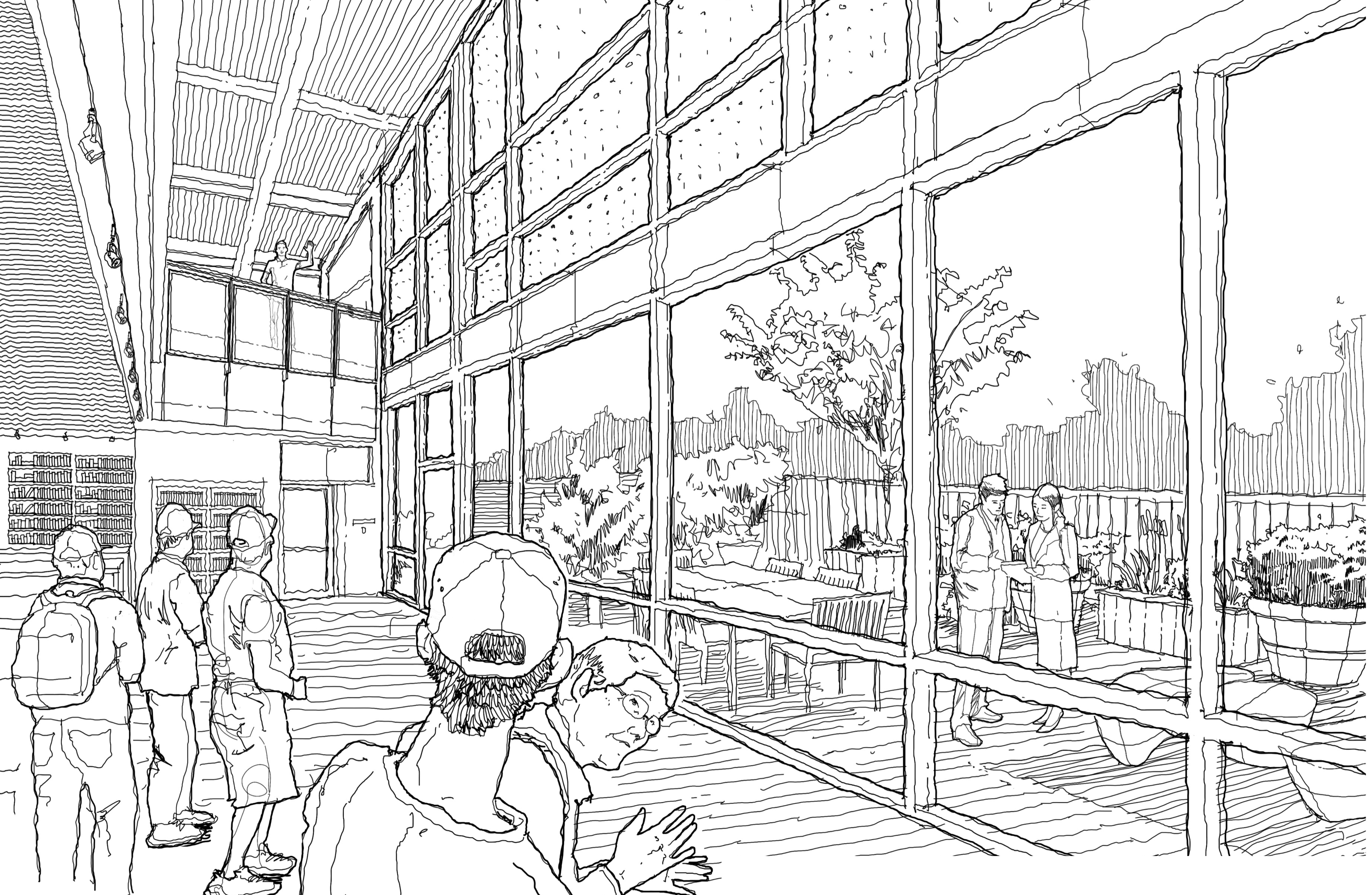
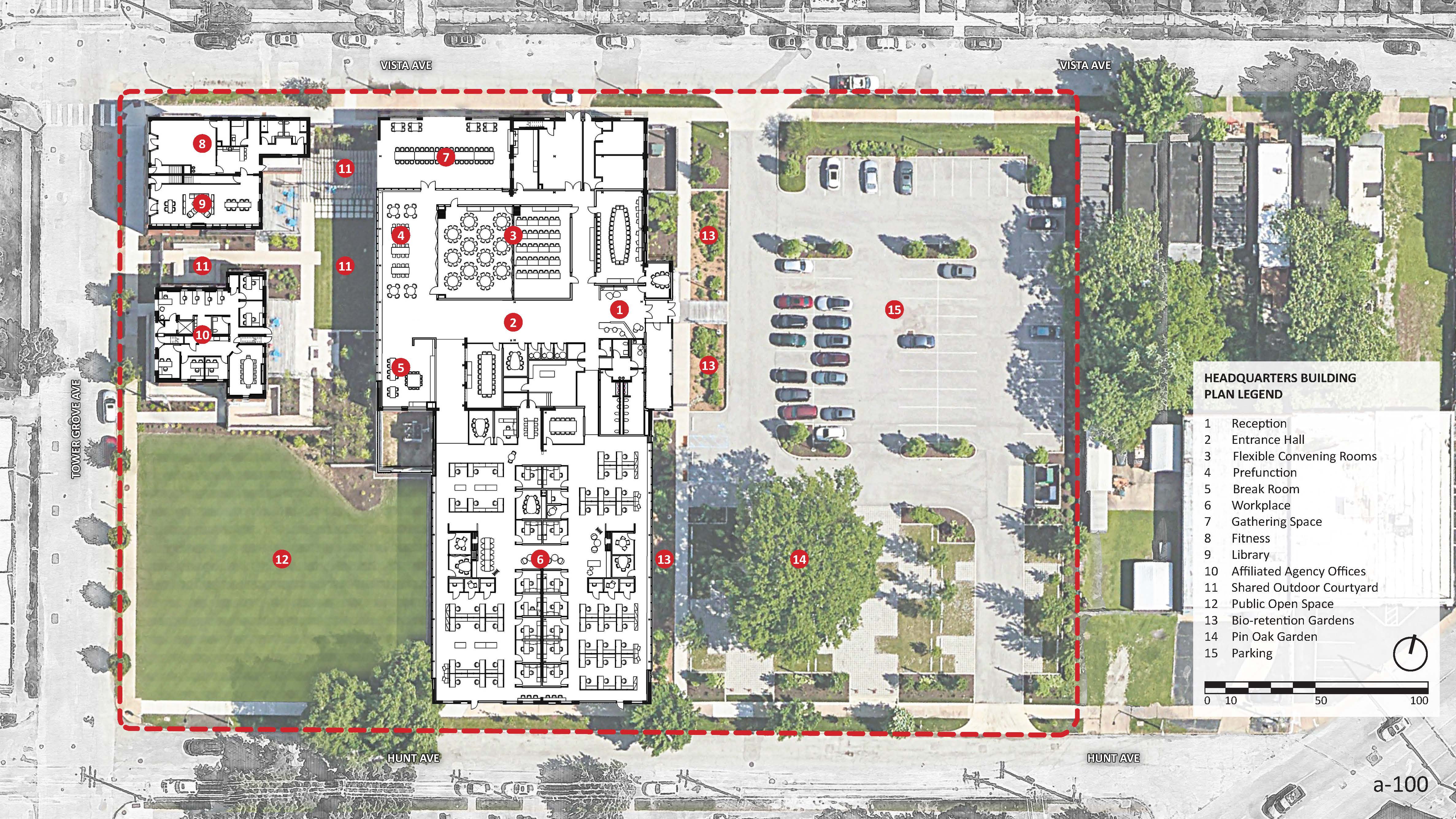

The building footprint is approximately twice the size of the Foundation’s workplace program, accommodating a variety of gathering spaces, conference rooms and a prefunction space. These areas can host community groups of all sizes. The project team also refreshed the second residential flat on the site, transforming it into an office space subleased by community groups and nonprofits whose missions align with the Foundation’s goals.
At the heart of the campus, a central courtyard featuring firepits and seating provides an outdoor spot for community events and offers a place of respite for staff.
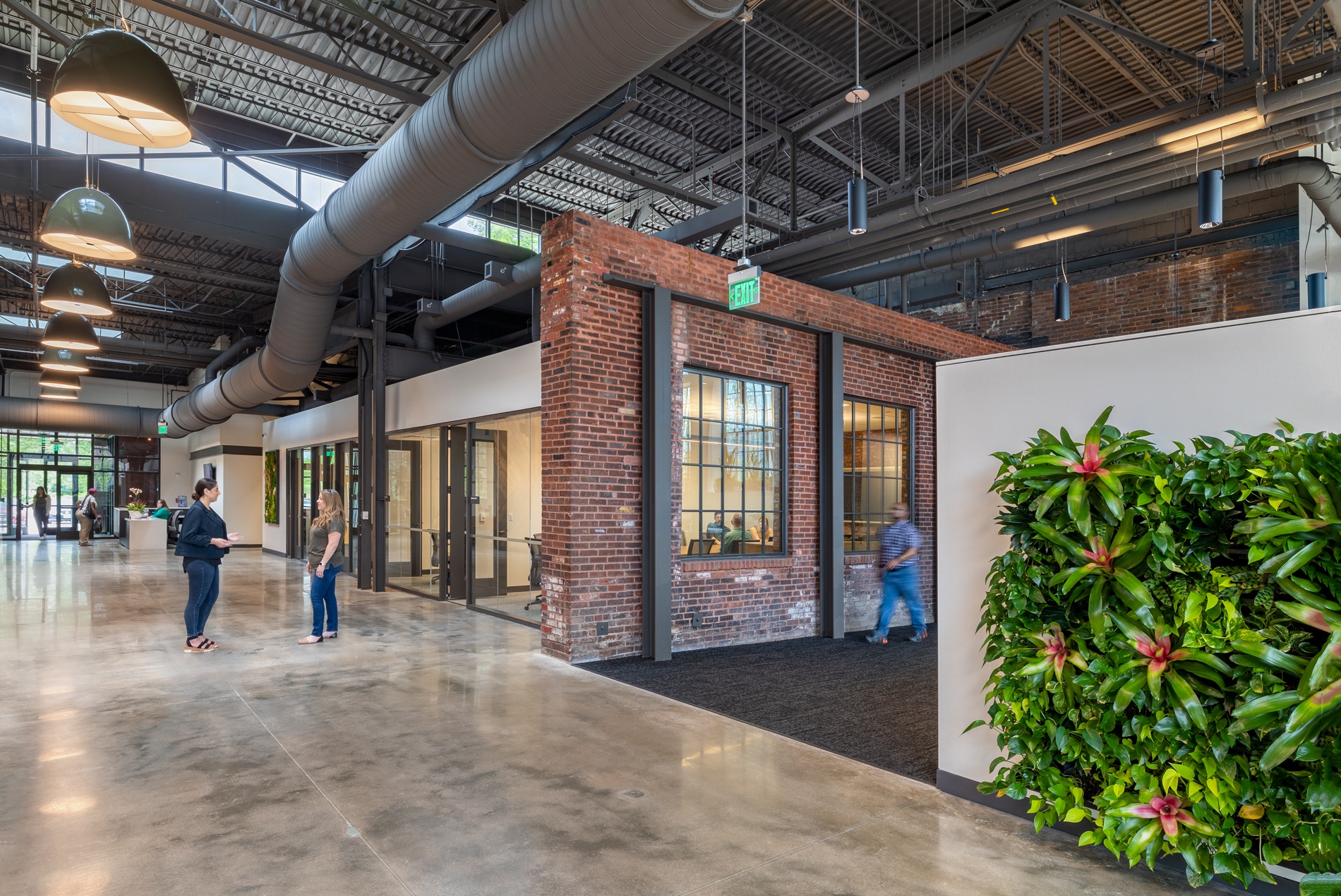
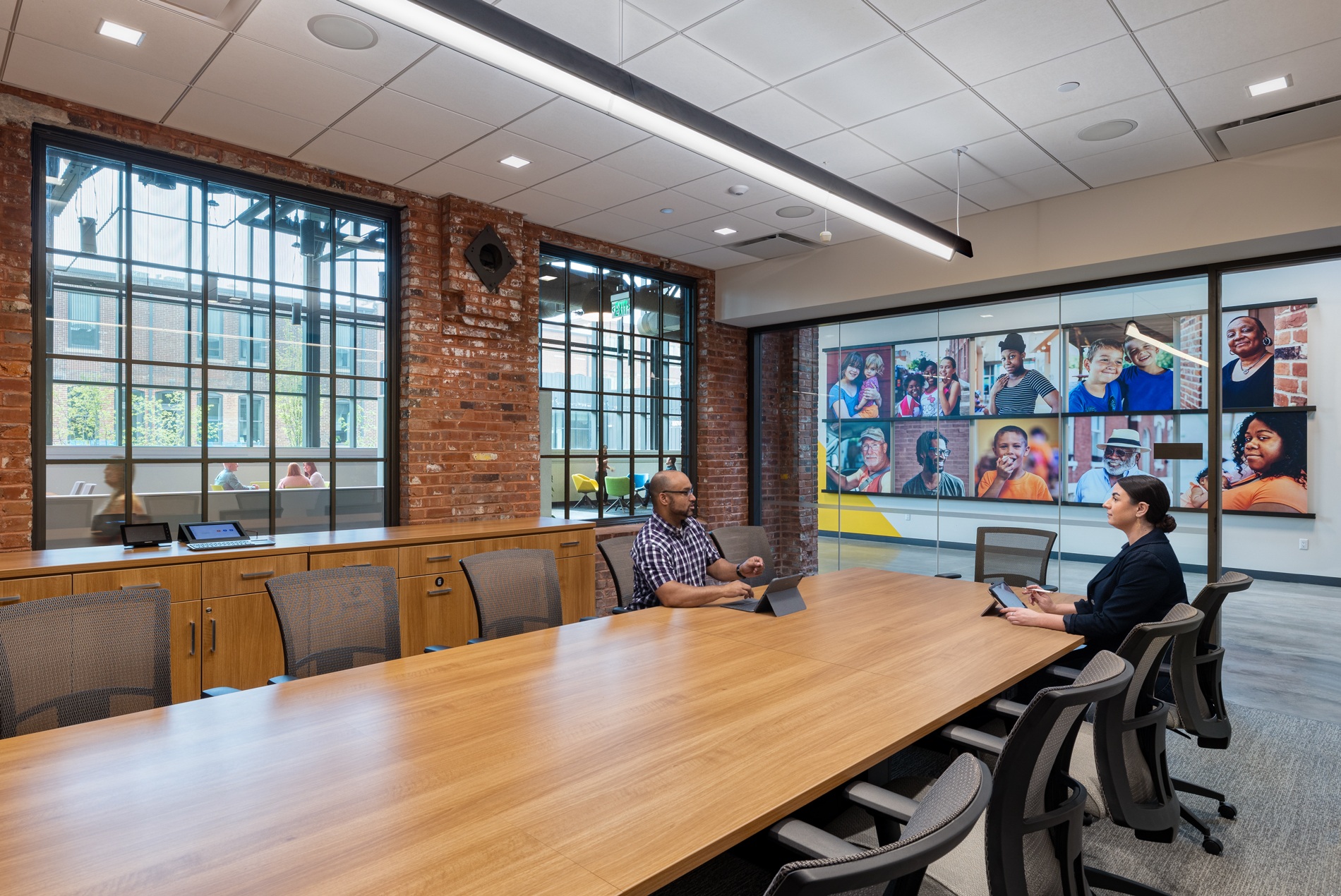
The team salvaged wood, brick masonry and structural steel from the Columbia Irons Works building. These materials, along with concrete floors, exposed pipe and large industrial lights, add to the space’s historic atmosphere.
To infuse warmth into the workplace, the team incorporated a green wall within the building’s central spine. Pops of yellow, light green and blue wrap the walls, serving as a subtle nod to the Foundation’s logo and branding.
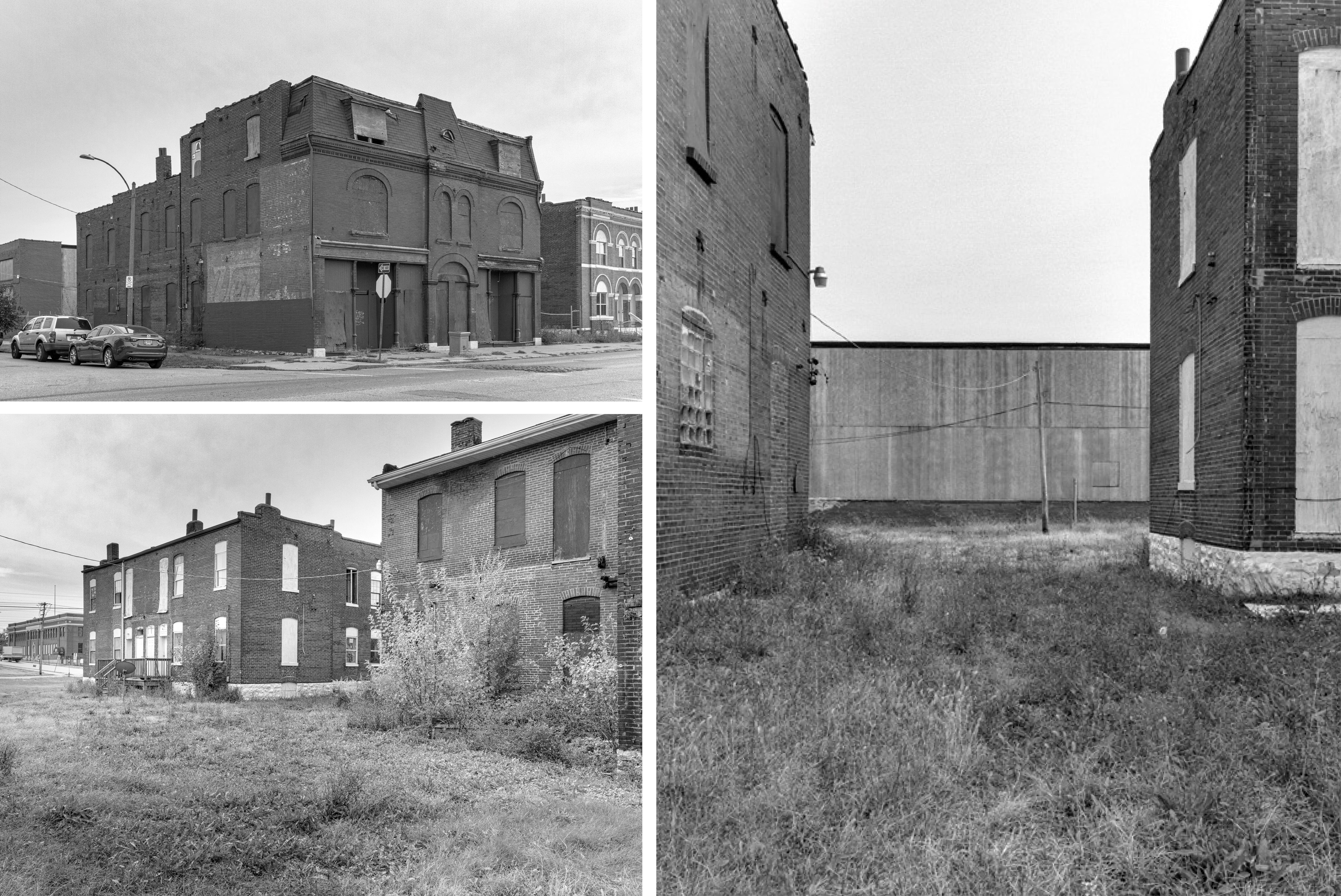
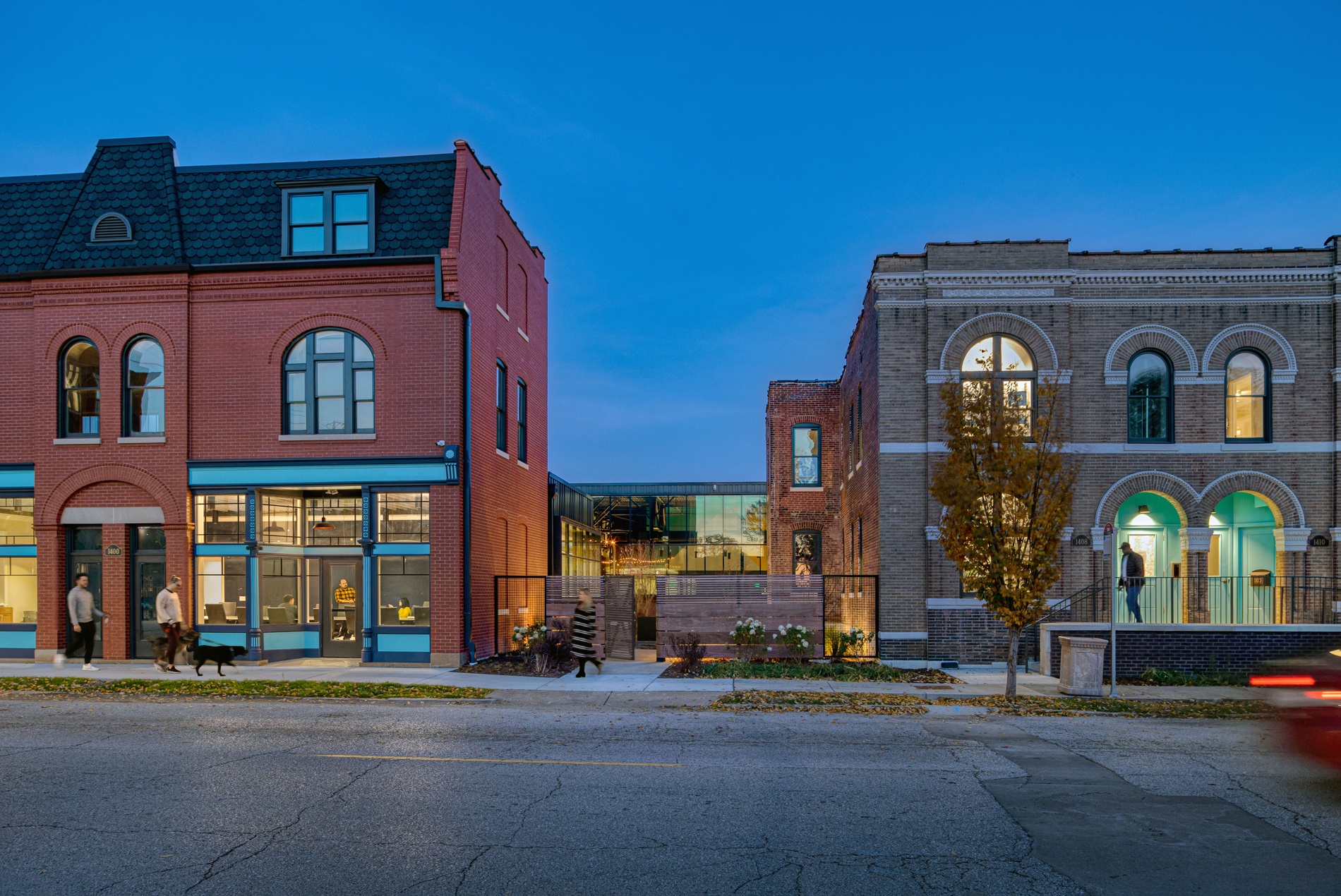
During construction, the three-story residential flat on the site’s northwest corner partially collapsed and became unfit for restoration. The project team collaborated with the Foundation and the City of St. Louis’ Cultural Resources Office to recreate the original building while adhering to the City’s form-based code.
To accurately replicate the brickwork on the new building’s main facade, the design team employed a combination of 17 unique, hand-formed brick shapes, 3D laser scanning technology and historic photo records. In contrast, the back portion of the newly constructed flat features a more contemporary design that complements the renovated Columbia Iron Works building.
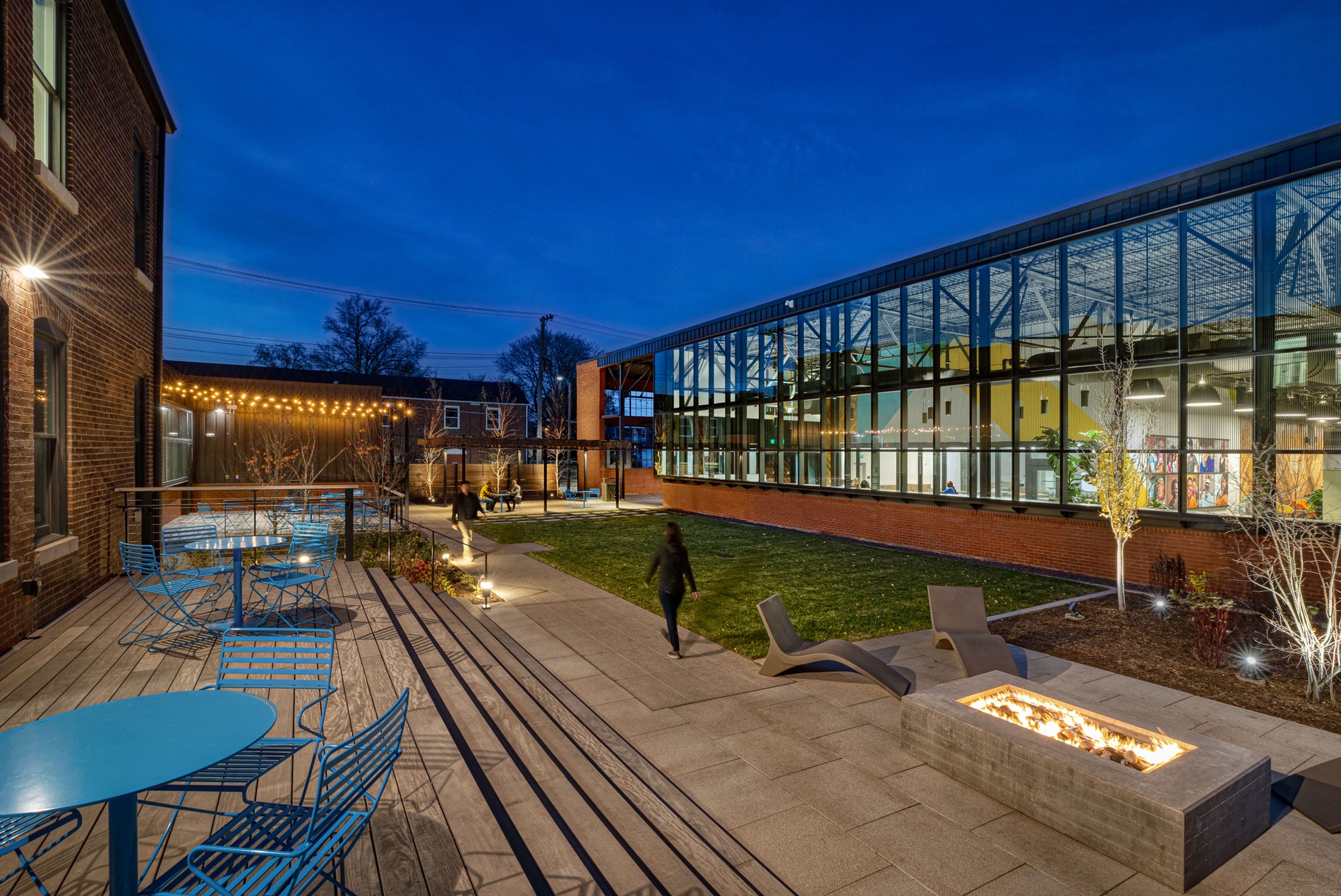
The new headquarters stands as a beacon of sustainability and wellness. The building and campus, which have achieved LEED certification, feature skylights and expansive windows with fritted glazing. These elements flood the workplace with daylight, save energy and connect employees to the outdoors. The recreated residential flat includes a fitness center and yoga studio for Foundation employees.
HOK’s planning and landscape architecture team incorporated rain gardens at the entrance and native plantings throughout the campus. Permeable paving in the parking lot mitigates stormwater runoff while enhancing the overall green space.
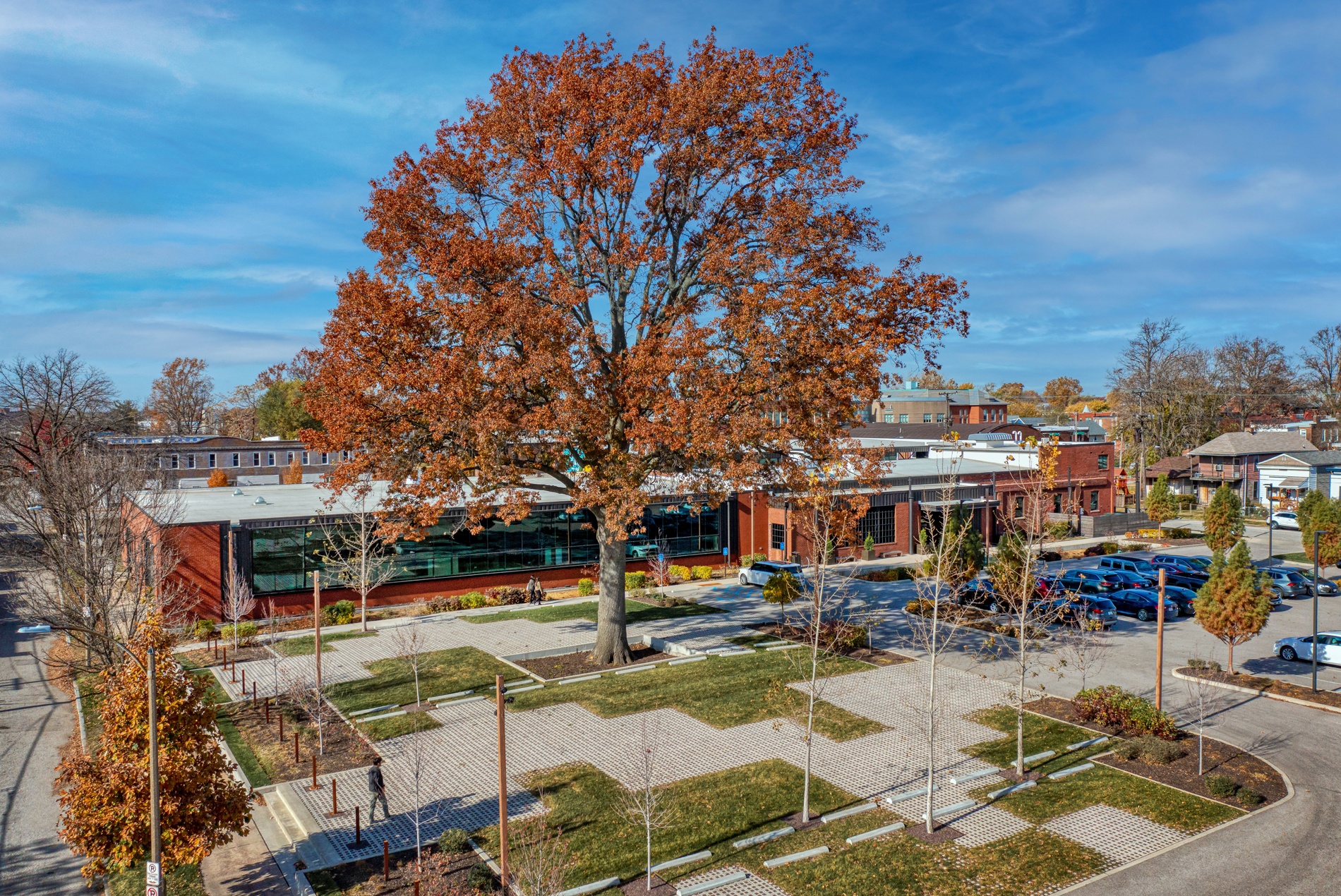
The site was so overgrown with weeds and failing trees that the project team initially overlooked the pin oak tree standing in the middle of the area where the parking lot is now located. HOK’s landscape architects developed a plan to protect its root system and ensure its future health. The unique solution included a mix of permeable pavers under the tree to support overflow parking during community events while minimizing potential damage to the tree’s roots.
Overall, the new headquarters of the Missouri Foundation for Health serves its employees while connecting with the larger community to create a more equitable future for all.
